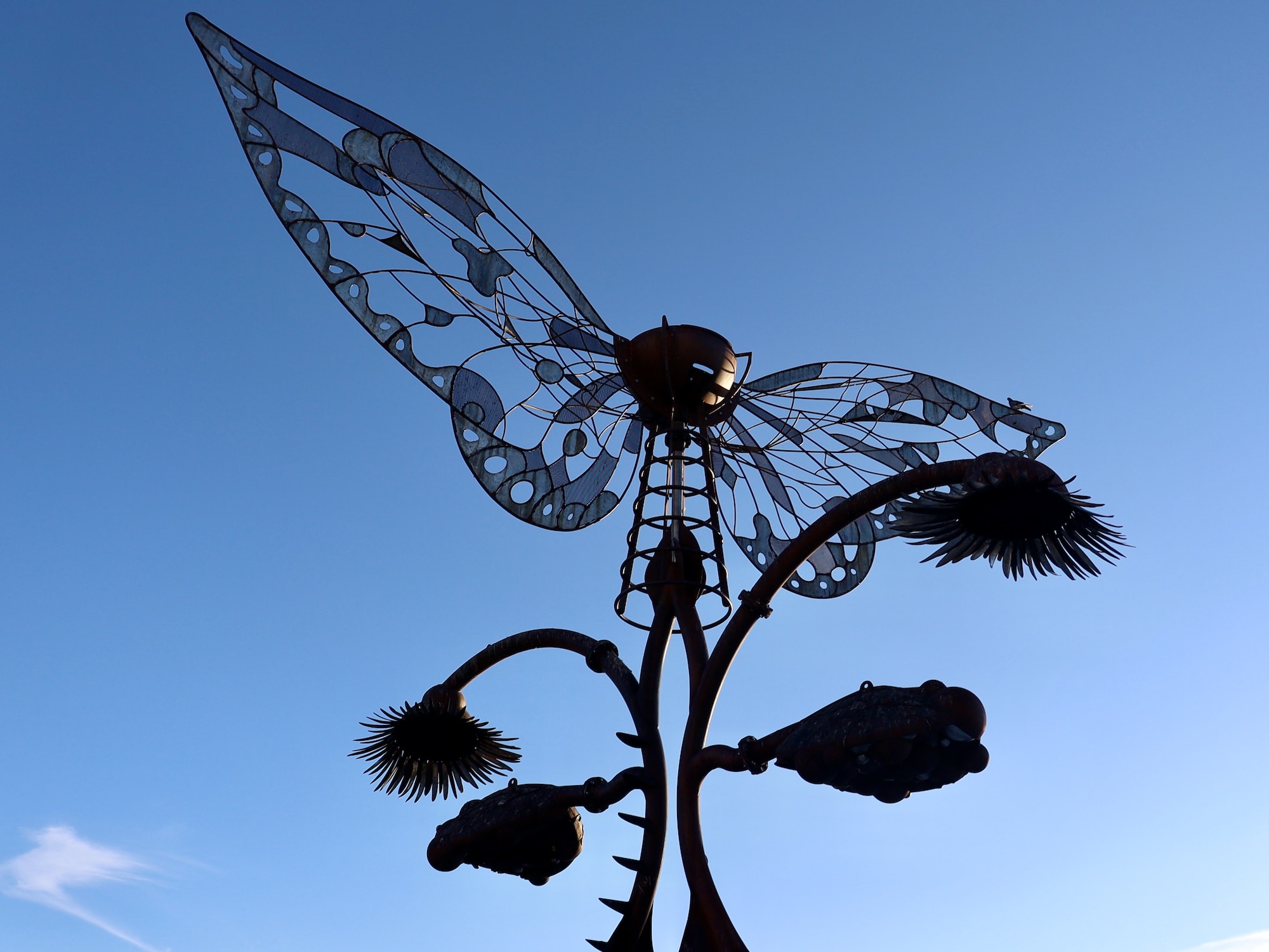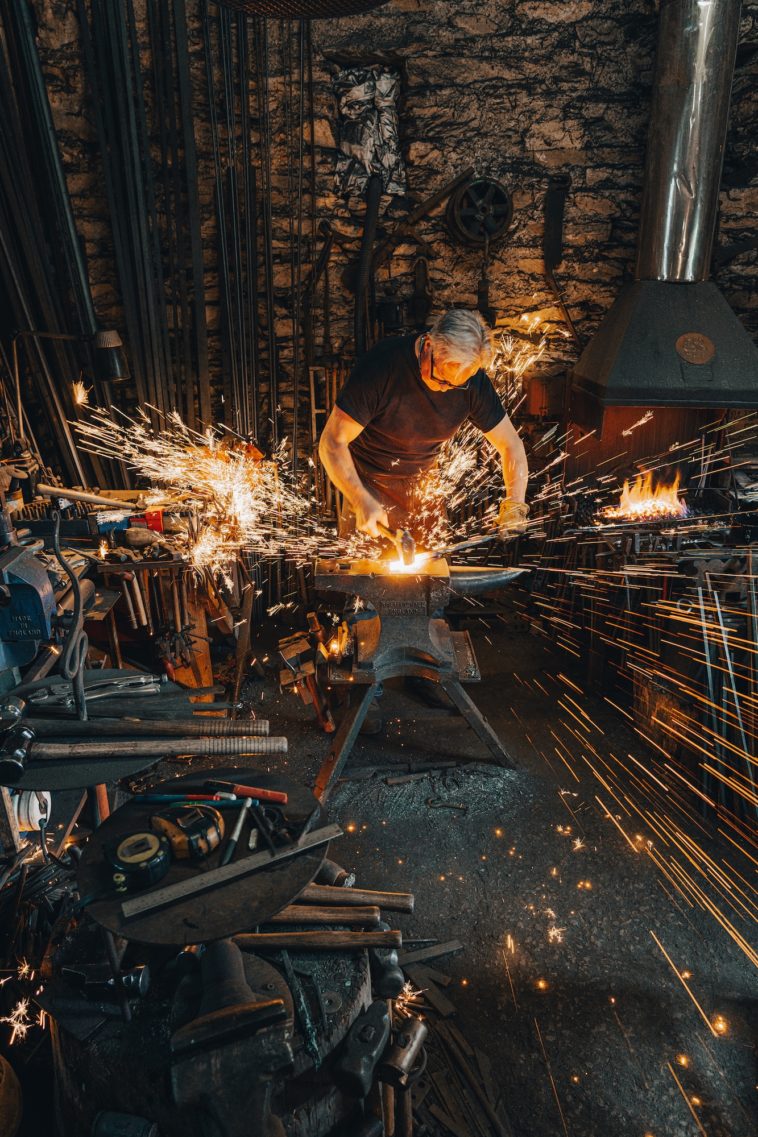Blacksmithing, one of the ancient arts, is a unique profession that revolves around the transformation of raw materials, specifically wrought iron or steel, into intricate, functional, or artistic objects. This transformation process is primarily achieved by forging, which involves using a combination of tools to manipulate the metal's shape and form. Let’s delve into the world of blacksmithing and understand its vast scope and rich history.
The Blacksmith’s Process:
A blacksmith's core task is to manipulate metal, especially wrought iron or steel. The term 'forge' refers to both the process and the blacksmith's workspace. The primary methods employed by a blacksmith include:
- Hammering: By heating the metal until it's red-hot and malleable, the blacksmith can then use a hammer to shape and mold it.
- Bending: Using tongs and other tools, blacksmiths can bend the hot metal to achieve the desired curves and shapes.
- Cutting: Excess material is often sheared or chiseled away to create detailed patterns and to refine the product's design.

The Diversity of Blacksmith Creations:
Blacksmiths have a vast repertoire of products they can create. From household objects to grand artistic installations, their craftsmanship is evident in:
- Functional Items: This category includes gates, grilles, and railings, which can be found enhancing the aesthetics of homes and public buildings. Additionally, light fixtures, which illuminate spaces while doubling as art pieces, and furniture, which combines functionality with design, showcase the diversity of blacksmithing.
- Agricultural Tools: Historically, blacksmiths have played a pivotal role in agriculture by creating tools and implements. These range from simple handheld tools like hoes and spades to more specialized equipment.
- Art and Decor: Beyond functionality, blacksmiths have ventured into the world of art. They create sculptures ranging from petite tabletop pieces to monumental outdoor installations. Additionally, they craft religious items which hold significance in various cultures and decorative pieces that adorn homes and public spaces.
- Culinary Implements: Our kitchens are filled with blacksmith creations, from pots and pans to ornate utensils and cutlery. These pieces not only serve a purpose but also bring a touch of artistry to everyday life.
- Weapons: Historically, the role of a blacksmith was crucial in warfare. From swords and daggers to armor and shields, blacksmiths equipped warriors for battle.

Farriers: A Special Mention
While it's common for people to mistakenly call those who shoe horses 'blacksmiths', these specialists are, in fact, called farriers. Farriery involves understanding equine anatomy, physiology, and biomechanics to fit shoes appropriately. Although blacksmiths can craft the shoes, the act of fitting them to horses is a distinct skill.
The Historical Significance of Blacksmithing:
Blacksmithing has deep historical roots that trace back to ancient civilizations. From the Iron Age when the first smiths learned to manipulate iron, this craft has been central to the progress of societies. Whether contributing to the building of cities, the tools for agriculture, or weapons for defense and conquest, blacksmiths have been indispensable.
Today, the modern blacksmith blends tradition with innovation. With the advent of new technologies and techniques, contemporary blacksmiths can achieve more intricate designs and maintain a higher consistency in their products. Yet, at its core, the profession remains an art, a dance of fire, metal, and creativity.
In conclusion, blacksmithing is a multifaceted craft that has shaped human history in myriad ways. Whether viewed as artists, engineers, or craftsmen, blacksmiths hold a special place in the tapestry of our shared heritage.





